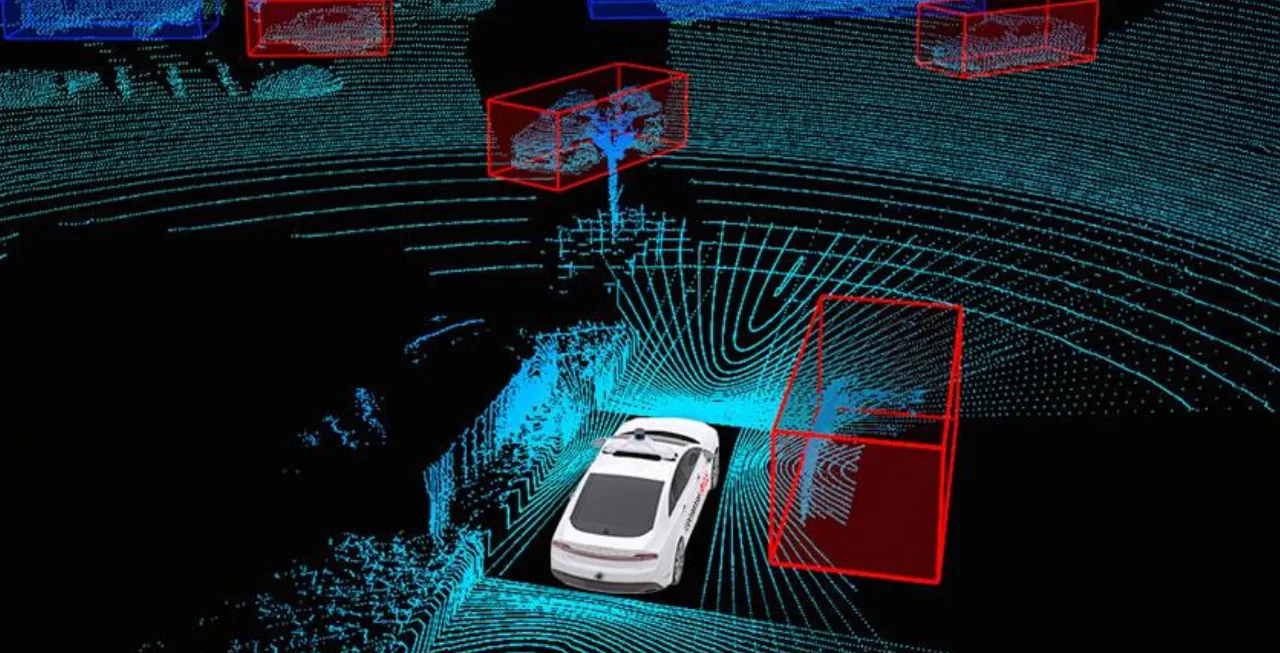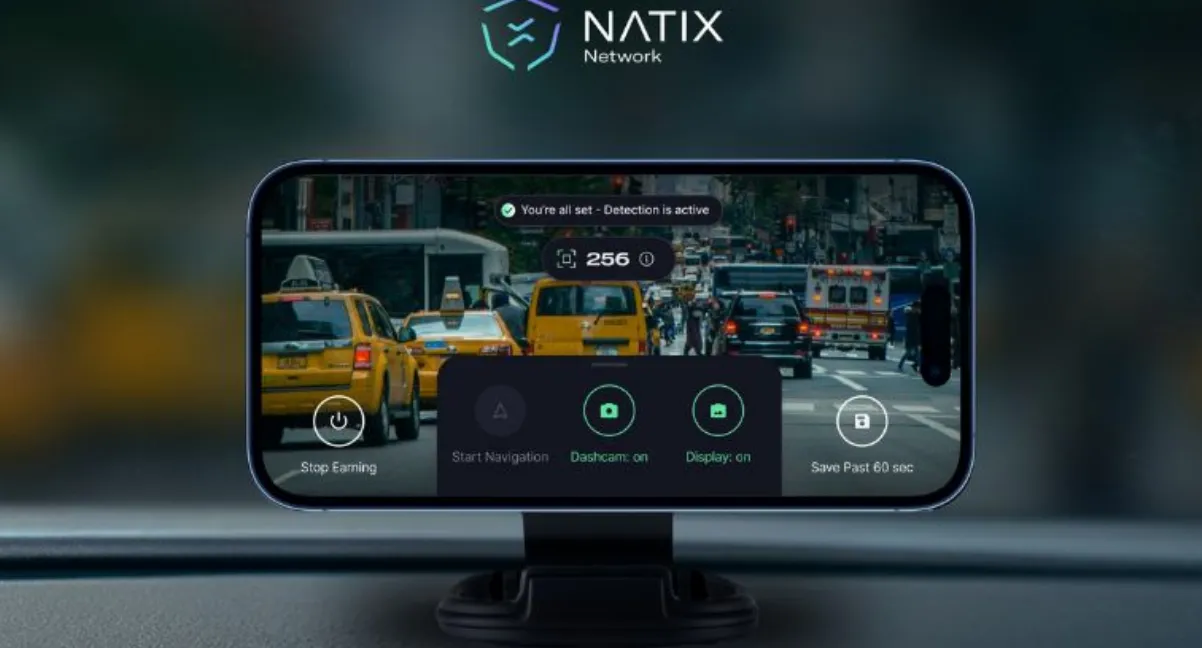By using token incentives, Decentralized Physical Infrastructure Networks (DePIN) have the potential to revolutionize the way we gather the world's data. In today's article, we'll briefly cover a new DePIN project called ROVR Network that collects high-precision 3D spatial data.
In the future, AI-powered autonomous robots will need rich and contextual 3D data to see and feel the world like we humans do. For example, they will need to know how doors open, how light bends around corners, and how people flow through cities.
That's where the ROVR Network comes in.

The ROVR Network
Powered by GEODNET, the ROVR Network is a decentralized platform focused on collecting and sharing high-precision 3D spatial data for applications like autonomous vehicles, virtual reality, and smart city infrastructure.
ROVR allows anyone with compatible hardware, such as a LiDAR-equipped device (ex: the TarantulaX Mini or Lightcone) to contribute data to the network and earn token rewards in return. It uses technologies like Real-Time Kinematic GPS and LiDAR to provide ultra-precise data.

The question is, how do we motivate people to collect the data?
Instead of investing in centralized fleets of vehicles like Google Maps did, ROVR harnesses blockchain-based token incentives to build out a community-powered, decentralized network of vehicles that collect 3D data at scale, building the foundation for intelligence that moves, sees, and evolves.
Drivers who invest in a LiDAR device can earn tokens by capturing and uploading 3D spatial data to ROVR's network. Pre-orders for the ROVR LightCone will open on June 16th.
GEODNET Partnership
GEODNET, a decentralized network that provides precise geolocation services using a network of ground-based stations, co-led a $2.6 million dollar seed funding round for the ROVR Network.
GEODNET also supports ROVR by providing precise RTK-GNSS positioning to enhance the accuracy of ROVR’s 3D spatial data collection.
Natix Network and Auki
There are other projects similar to ROVR Network that differ in scope.

Natix Network is working on a similar solution, but rewarding users who have existing smartphones to capture real-time geospatial street data. Meanwhile, Hivemapper collects mapping data using their own proprietary hardware device, the Bee.
Auki Network is another DePIN focused on spatial data and computing. It is broader in scope however, focusing on spatial computing and machine perception to enable devices to collaborate across various applications.
The ROVR Token
The $ROVR token has been minted on the Solana blockchain, and is available on the Raydium DEX. According to CoinGecko, it has been on the market for a few days now, with a market cap just shy of $1 million.
Only a fraction (100 million of 10 billion) of the total supply has been released so far, so keep that in mind if you choose to purchase some of ROVR's tokens.
Until next time...
If you learned something new from this article, be sure to check out my other posts on crypto and finance here on the Hive blockchain. You can also follow me on InLeo for more frequent updates.